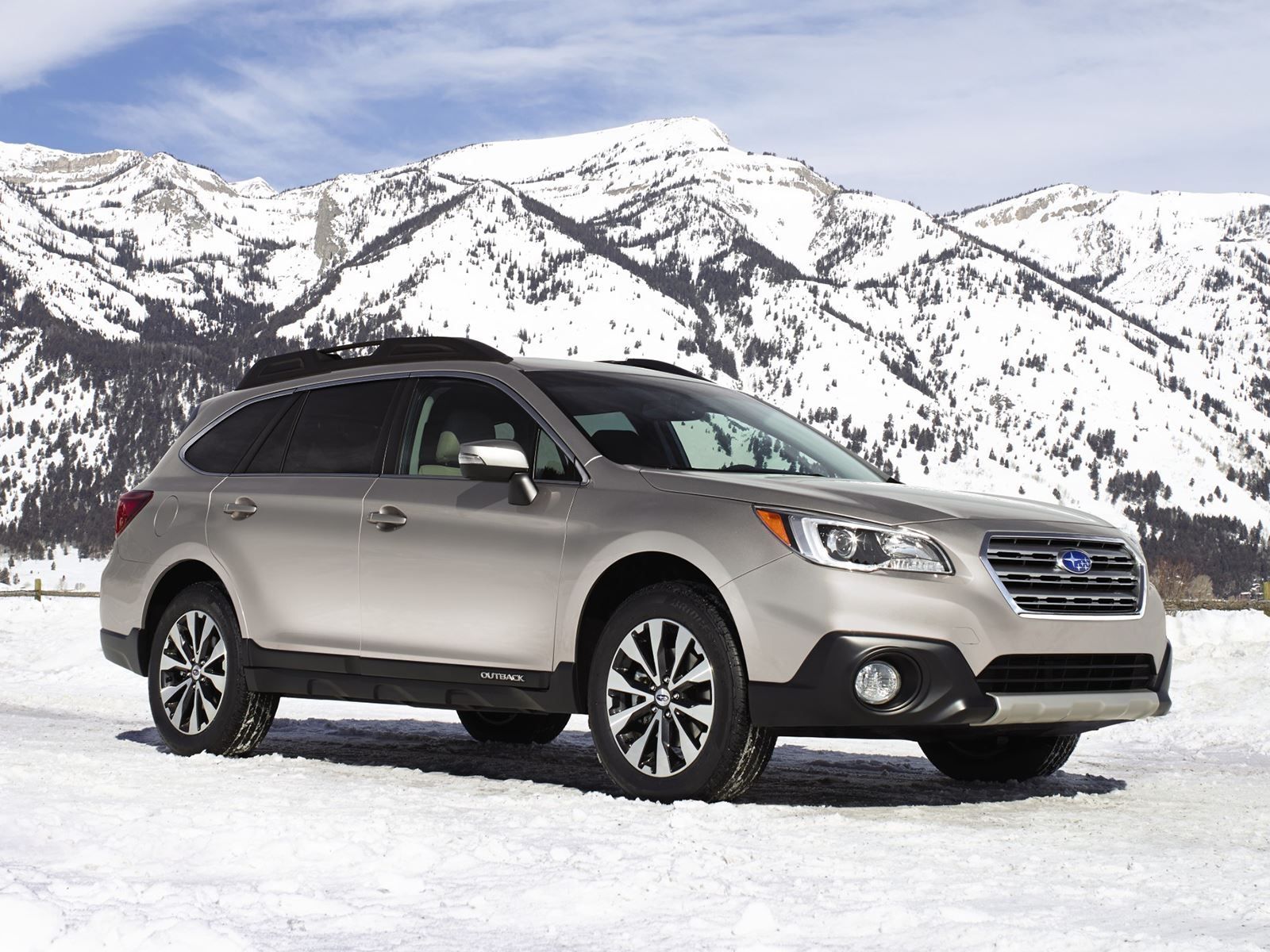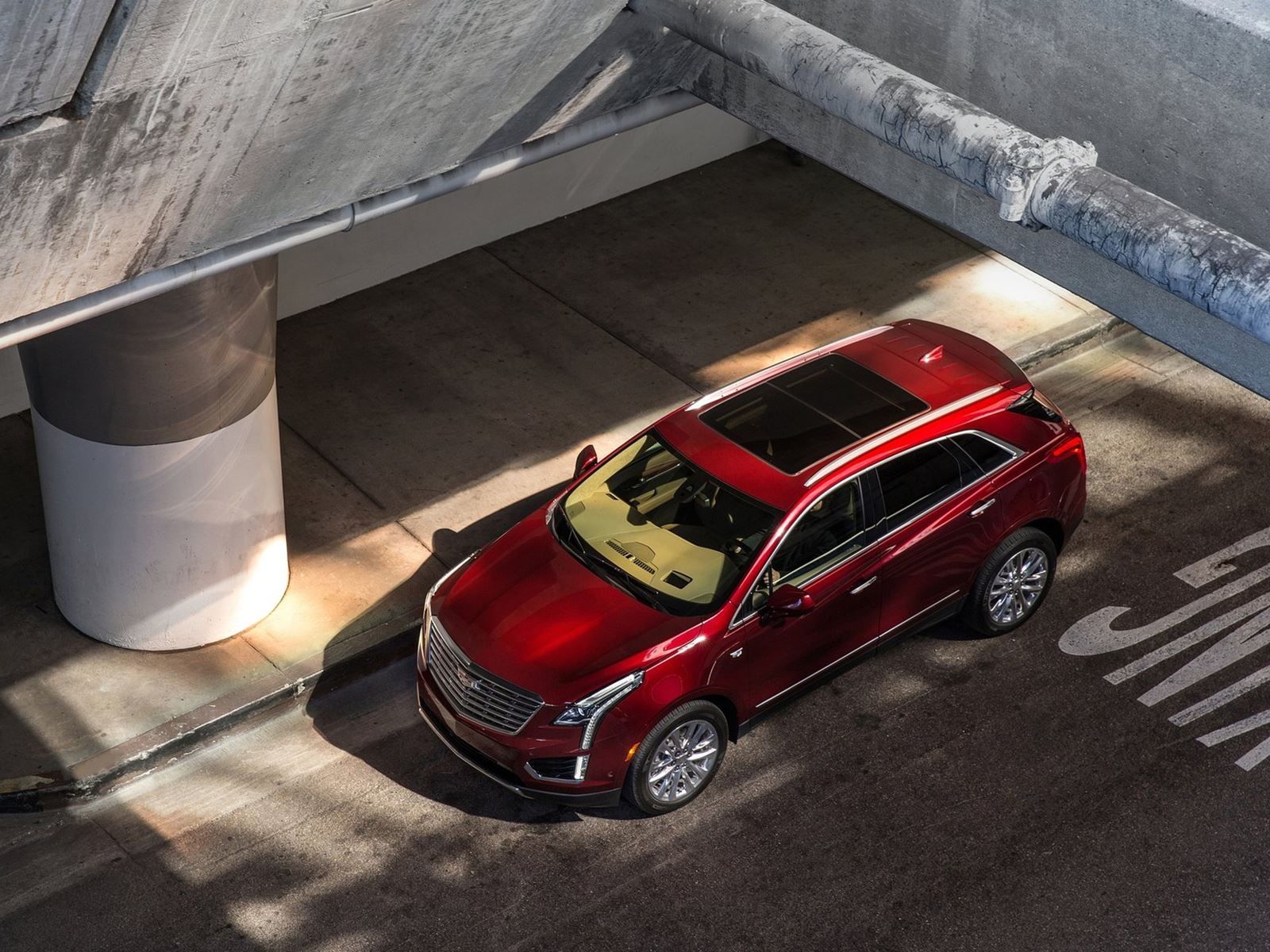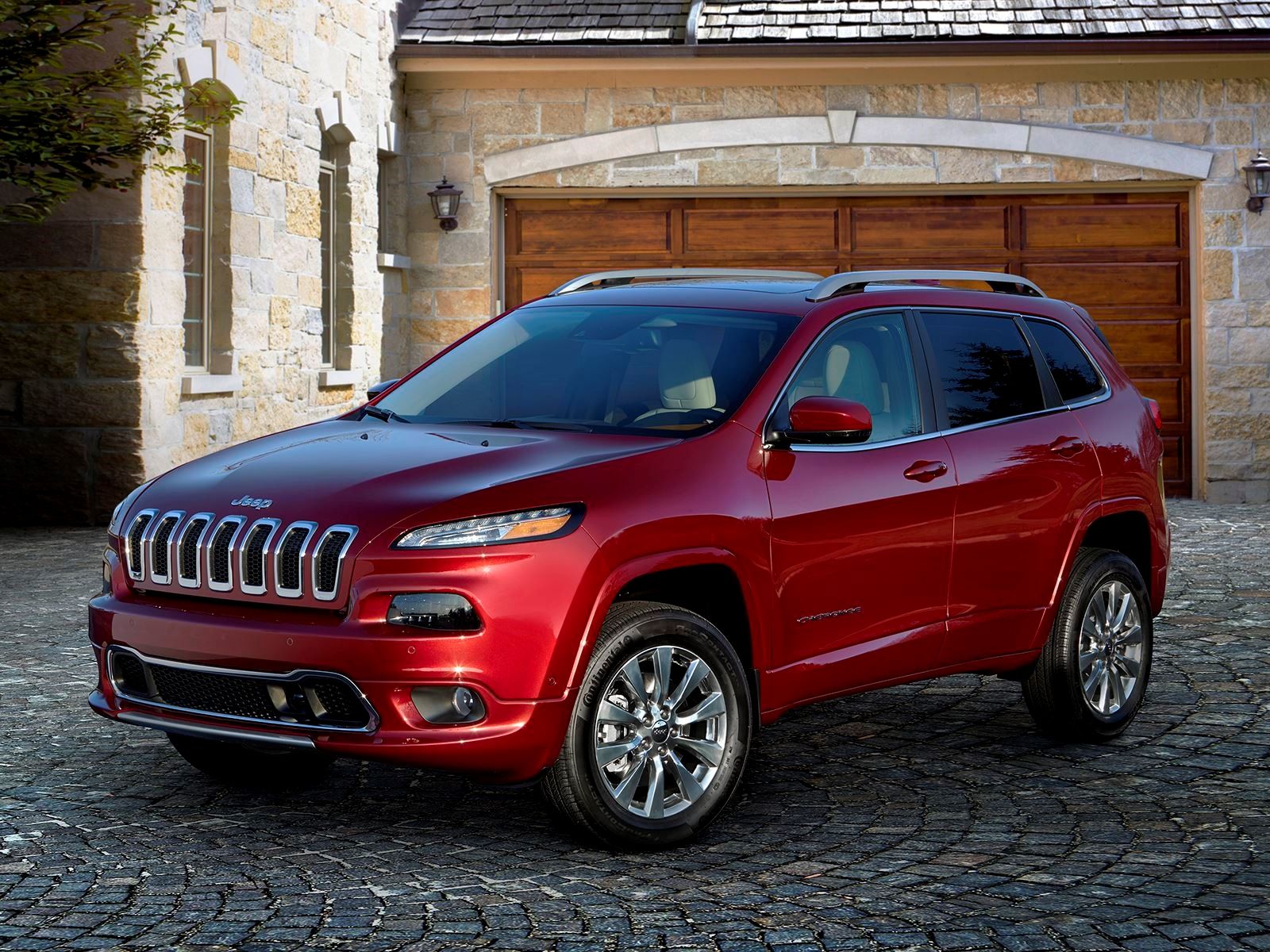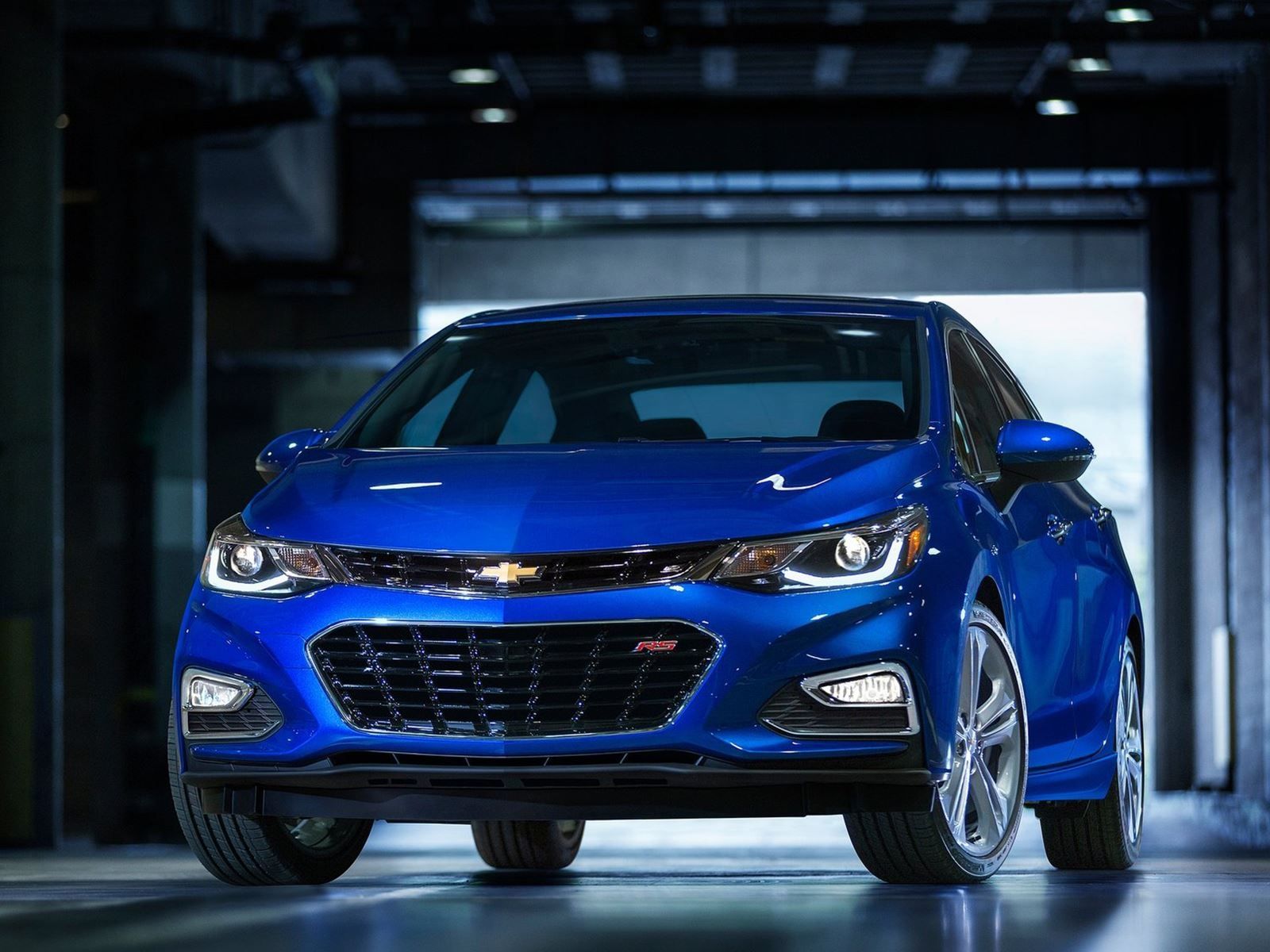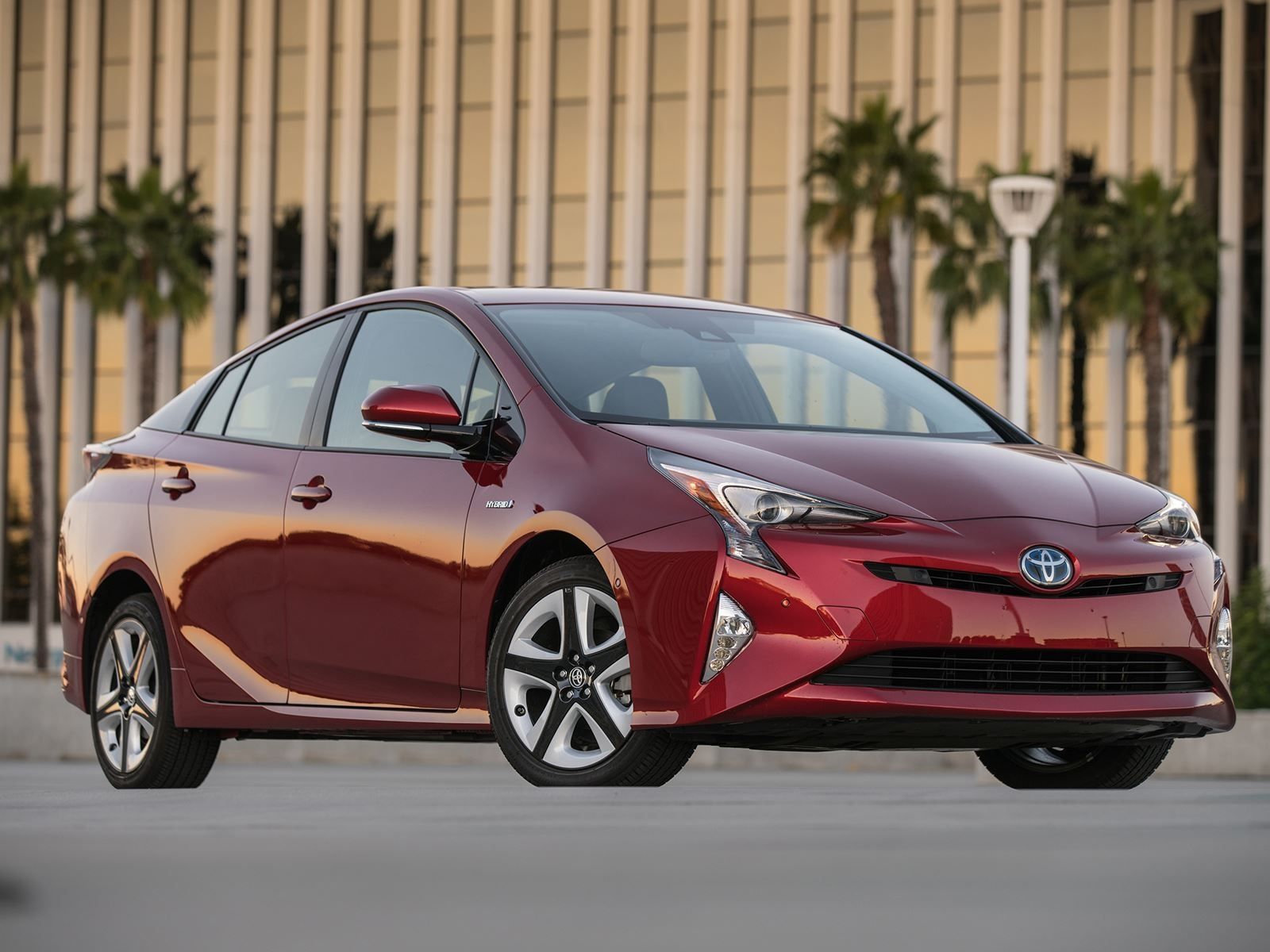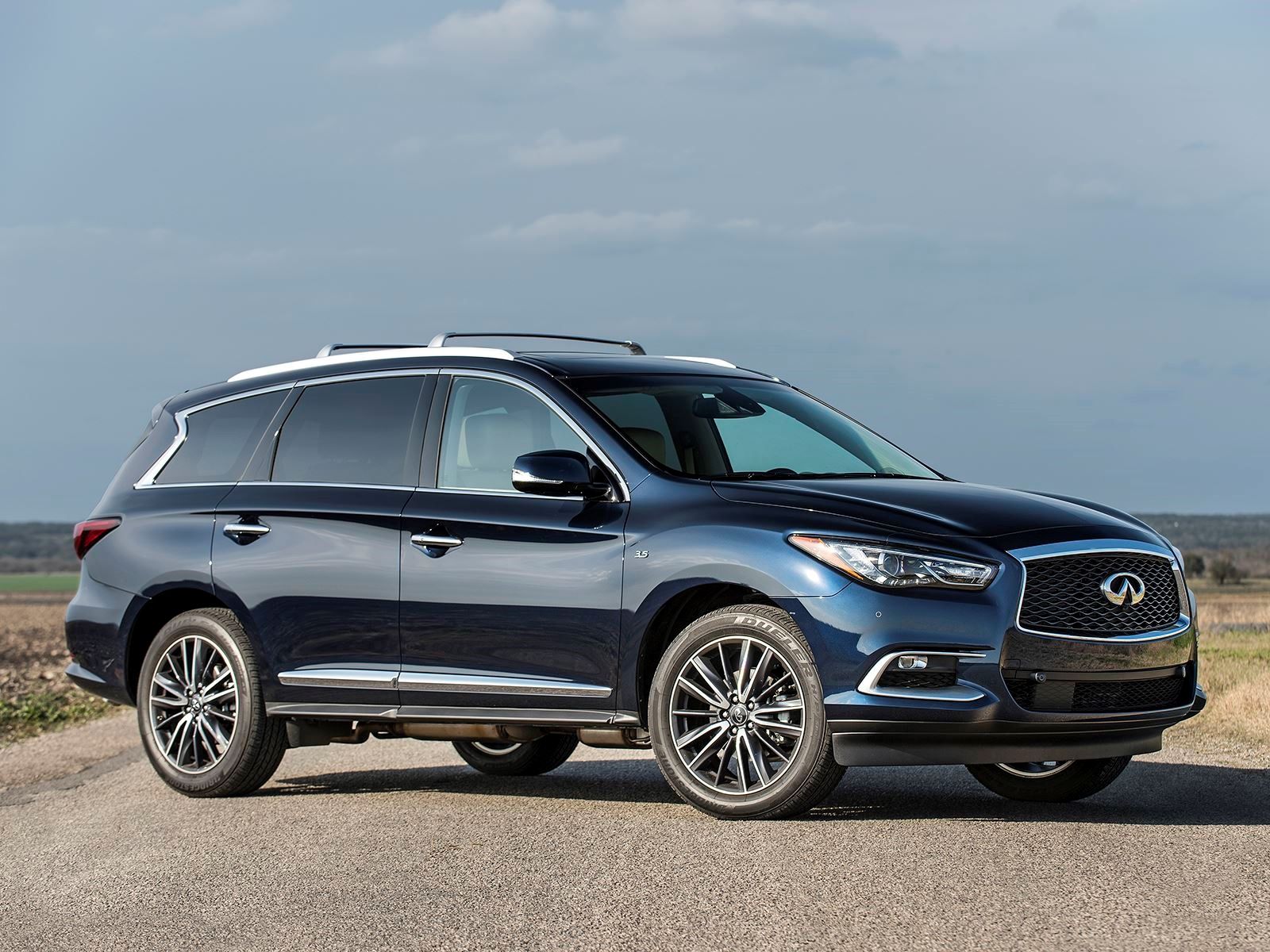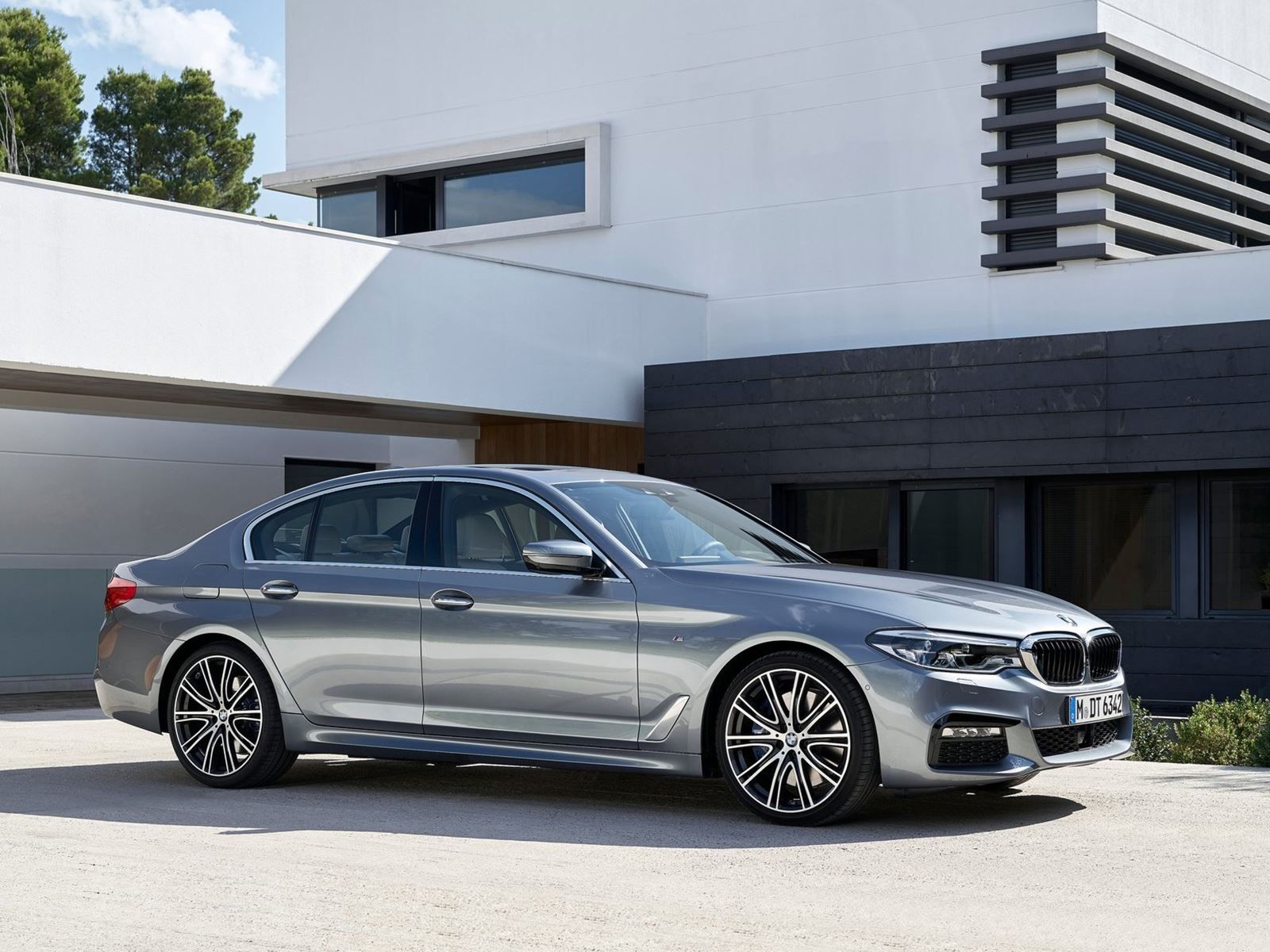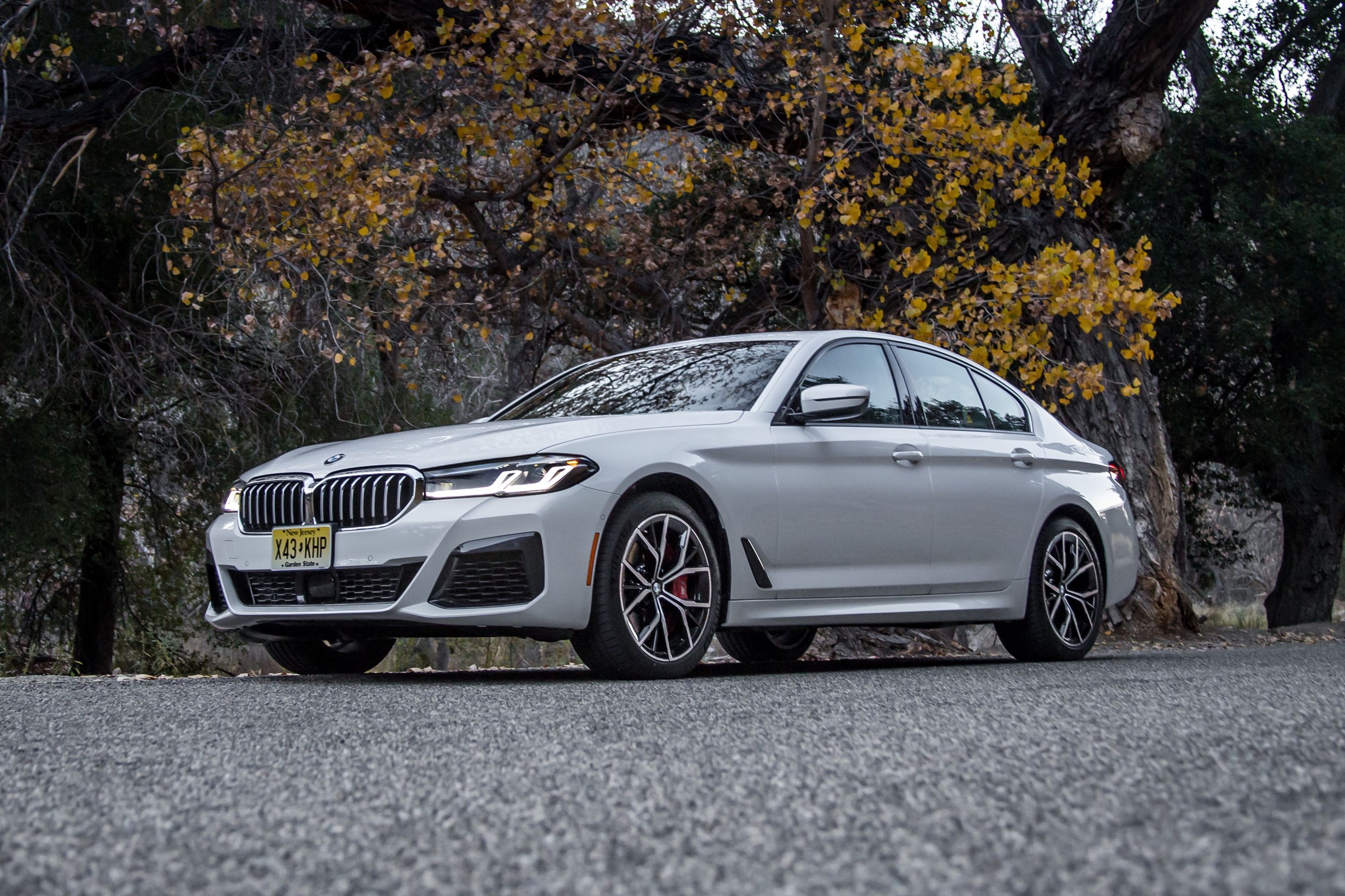
Nobody ever wants to get hammered backing out of a parking spot at a mall, but the fear is real when you park your Civic or Corolla in a tight spot and a Suburban pulls in on one side and an F-250 on the other. Granted, when they occur, these are typically low-speed collisions which only rarely result in any serious injuries, but bodywork repairs are notoriously expensive, not to mention the time wasted and possible rise in insurance premiums are a royal pain.
David Zuby, the Institute's executive vice president and chief research officer, feels my pain."Let's face it. Some days we all could use help backing up, whether that's in a garage with pillars that obscure your view, in a crowded mall parking lot or on a busy downtown street." Well, once again, the Insurance Institute for Highway Safety (IIHS) is looking out for you (and insurance company profits), this time identifying vehicles and testing safety systems that "prevent or mitigate low-speed backing crashes."
There are several systems that contribute to rear-crash prevention, but the three main components being tested here are: backup parking sensors (so you don't hit stuff backing straight), rear cross-traffic alert (so you don't hit stuff coming from the sides when backing up), and rear auto-emergency braking (which saves your ass if you don't pay attention to the previous two). The first batch of vehicles to have their rear auto brake systems tested represents a broad range of segments, with the BMW 5 series sedan, Cadillac XT5 SUV, Infiniti QX60 SUV, Jeep Cherokee SUV, Subaru Outback wagon and Toyota Prius hatchback.
The Subaru Outback and Cadillac XT5 were the only two to earn the highest possible "Superior" grades, but the rest still earned "Advanced" badges denoting solid approval. The IIHS ratings only evaluate the auto braking systems' ability to prevent damage (by trying to crash the cars into poles and other cars from different angles), not the vehicle's ability to reduce or avoid injuries in crashes. The third possible rating for vehicles equipped with such technology is "Basic," with bonus points for cars that also feature parking sensors and rear cross-traffic alert. Why does rear autobrake carry the most weight in the evaluation?
Research is showing that it is the best system for actually reducing crashes. I guess you can give people all the backup camera and alerts in the world, and they'll still be too busy texting or calling to pay attention themselves, so you need to have the car do it for you. IIHS and the Highway Loss Data Institute (HLDI) have been doing their homework when it comes to these new systems. Even though it feels like most of these features have been added just yesterday, one IIHS study found that the "combination of a rearview camera, rear parking sensors and rear autobrake is reducing backing crashes reported to police by 78 percent."
HLDI competed a study in August 2017 which found that rear autobrake systems have reduced the frequency of claims reported to insurers in certain GM and Subaru models so equipped. IIHS was also curious about how much these systems can save you on repair costs (or how much insurance companies save if it goes to claim), so they ran a few demonstrations, including the XT5 reversing into a pole and the Outback backing into a 2016 Chevrolet Cruze. Rear autobrake completely avoided the collisions, so there was $0 damage.
Without autobrake the XT5 ran up $3,477 in estimated repair bills after dinging the pole (bumper cover, tailgate, hitch bar, energy absorber, rear body panel, trim and assorted brackets). The Outback racked up $1,159 in repair costs crumpling the Cruze's rear bumper, which in itself would have amounted to $740 for the average driver, and because that is less than a lot of people's deductibles, that would be coming out of pocket.

